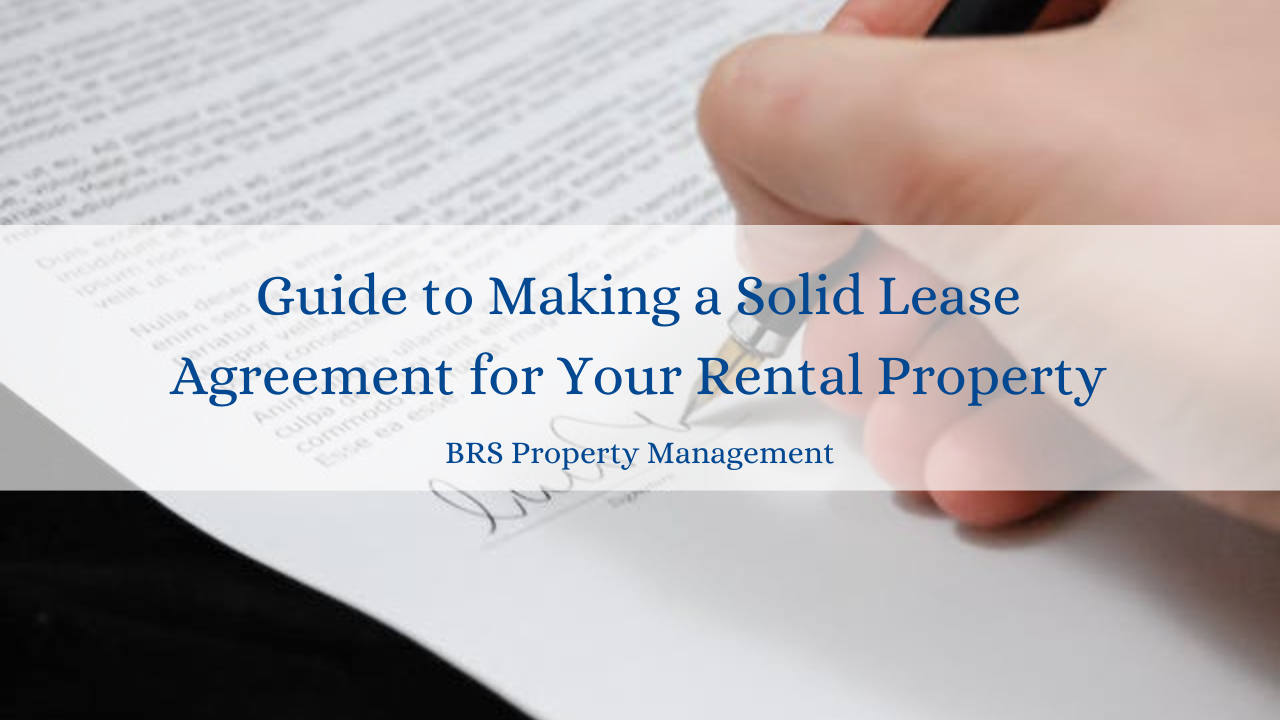Developing a solid lease is necessary to begin a successful landlord-tenant partnership. However, navigating the intricacies of this process may seem daunting. How can you ensure that your rental property is adequately secured while still providing your tenants with a positive experience?
This guide will cover all the information you need to design a strong lease agreement that benefits both you and your tenants. From crucial terminology to legal concerns, we'll simplify the process so you can handle your rental property with confidence.
Together, we can make your lease agreement more than just a formality and turn it into a powerful tool for fostering a strong feeling of community among tenants.
The Importance of a Carefully Drafted Lease Agreement
A strong lease agreement is more than simply a contract; it's the cornerstone of a successful landlord-tenant relationship. Both parties benefit from a thorough and clear lease agreement since it lowers the likelihood of disagreements and establishes expectations from the outset.
A detailed lease agreement ensures that all parties are aware of their responsibilities, gives landlords legal protection, and lays out the terms of the rental.
It is essential to the preservation of the property, along with criteria for security deposits, terms for rent payments, and other crucial components of effective property management.

By developing a comprehensive lease agreement, landlords may establish a positive, professional relationship with their tenants and provide the groundwork for a long and fruitful tenancy.
Important Elements in a Leasing Contract
A lease agreement should have a number of essential elements in order to protect the interests of the landlord and the tenant, such as:
Determine All Parties Involved: Identify each tenant's name and the names of people who are in charge of following the terms of the lease.
Information on the Rental Property: Give a thorough description of the rental property, including its address and any special conditions pertaining to its use.
Details of the Lease Term and Rent: Indicate the length of the lease (year, month-to-month, etc.), the rent amount, the days of due and approved payment options.
Guidelines for Security Deposits and Pets: Define the terms for returning the security deposit, the amount that must be paid, and any regulations that may apply to pets.
Maintenance Responsibilities: Specify who is in charge of maintaining and making repairs to the property, as well as how emergency maintenance is to be handled.
Penalties for Late Rent Payments and Eviction Procedures: Outline the consequences for paying rent after the due date and the procedures that must be followed in the event that the conditions of the lease are broken.
Additional Clauses to Consider
In addition to the basic elements, landlords can include specific clauses in the lease agreement to further protect their interests and clarify tenant expectations.
One such clause is regarding services and utilities, where landlords should clearly state which services, such as internet, water, or trash removal, are included in the rent and which are the tenant's responsibility.

Another important clause relates to lease transfers and subletting, specifying whether tenants can assign the lease to someone else or sublet the property with the landlord’s consent.
It's also essential to outline the requirements for property entry, detailing the conditions under which the landlord or their agents may enter the premises, while ensuring these rules comply with local laws.
Finally, tenant conduct guidelines can be included to promote a peaceful living environment, setting expectations for noise levels, parking rules, and the use of common areas. These additional clauses provide clarity and help to prevent misunderstandings during the tenancy.
Legal Considerations in Lease Agreements
Creating a lease agreement involves more than just listing terms; it requires a thorough understanding of local and state regulations pertaining to rental properties. Landlords must be aware of these legal factors to ensure their lease agreements are enforceable and comply with applicable laws.
One key aspect is adhering to fair housing regulations, which prohibit discrimination based on race, color, religion, national origin, gender, familial status, or disability.
Additionally, landlords must investigate specific local and state regulations, including those governing security deposits, eviction processes, and tenant rights.
Equally important is ensuring that the rental property complies with health and safety codes set by local authorities, as these regulations affect the property's livability and outline the landlord's responsibilities. By addressing these legal factors, landlords can create comprehensive and lawful lease agreements.
Writing the Lease Agreement
After considering all necessary elements and legal requirements, the next step is to draft the leasing agreement. To create a clear and effective document, you should start by using plain, simple language that both parties can easily understand, avoiding complex legal jargon that might confuse tenants.

Clearly outline all conditions, including the rent amount, payment due dates, security deposit, and any applicable rules or restrictions. It's essential to review the lease agreement with the tenant before signing, ensuring they fully understand the terms and can ask any questions they might have.
If the tenant proposes modifications, consider their suggestions and make reasonable adjustments, as long as they are legal and align with your goals. By following these steps, you can ensure a smooth and transparent leasing process.
Upholding the Terms of the Lease
The first step in creating a solid lease agreement is ensuring that its provisions are upheld throughout the tenancy. To enforce the lease effectively, landlords can implement several key strategies.
Fostering open communication is essential, as it allows for clear and continuous dialogue with tenants, enabling any issues or violations to be addressed promptly and professionally.
Additionally, maintaining detailed records of any lease breaches or disputes is crucial, as this documentation can be invaluable if legal proceedings become necessary.
In cases where a tenant consistently violates the lease and other remedies fail, landlords should adhere to the legal eviction procedures outlined in the lease agreement and local regulations.
By following these strategies, landlords can effectively manage their properties and maintain compliance with the lease terms.
Bottom Line
To protect your assets and foster positive tenant relations, you must write a strong lease agreement. Landlords who understand the legal aspects, set clear terms, and consistently enforce the agreement can lower risks and ensure a smooth tenancy.
If you require more help managing your rental property, think about getting in touch with BRS Property Management.
Through assistance with lease negotiations, tenant interactions, and other property management tasks, our property management expertise may help you preserve the security and financial success of your investment.


